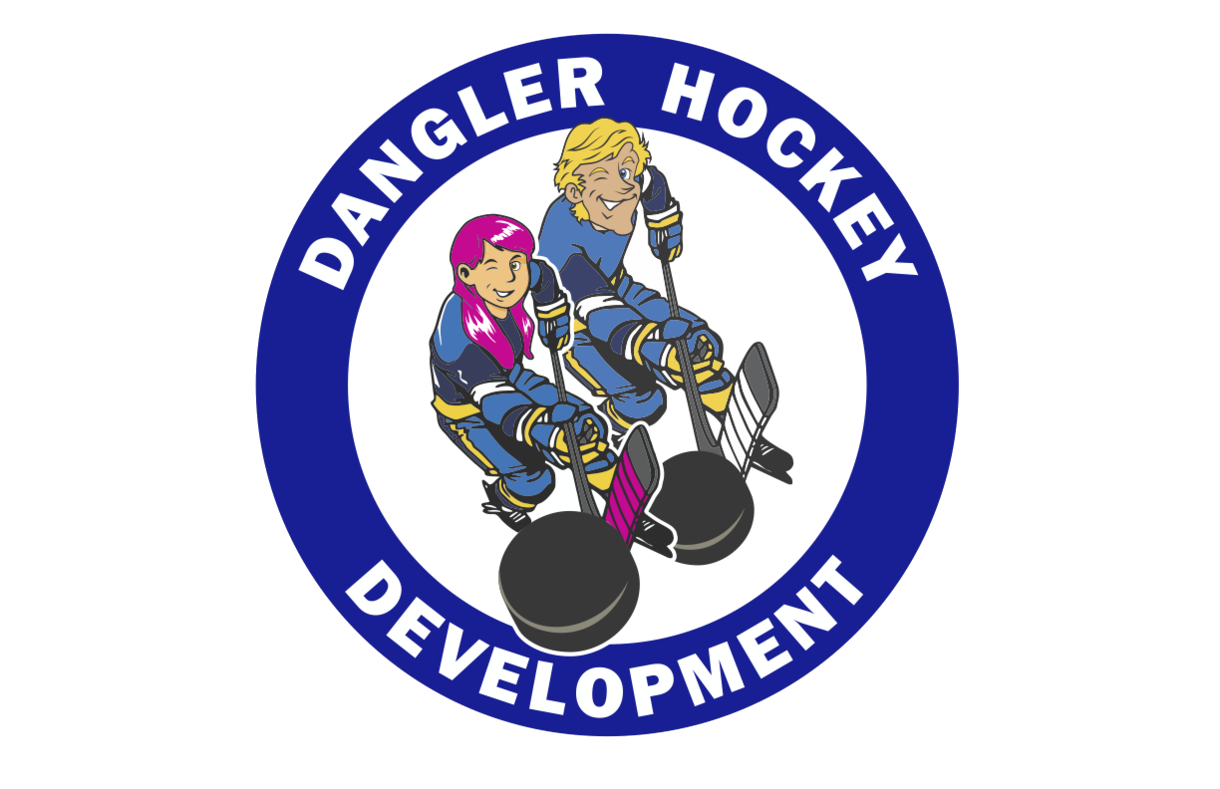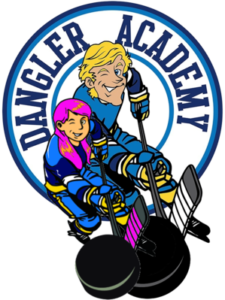Improving your Stickhandling
Stickhandling is a skill development opportunity for hockey players to be replicated at home as desired. It reinforces long-term development progression for hockey players of all ages. Practicing with purpose and staying sharp is the key to making the most of on or off-ice training.
Here are some key aspects to becoming a great stickhandler gathered from the hockey literature.
- Utilize a variety of training balls and pucks
- The top hand should be the driving force behind the cradling of the puck/ball. Roll the wrists to handle the puck/ball. Reach your hands out and away from your body for maximum feel, control and range of motion.
- The bottom hand should be gripped less tightly and be more of a guide rather than the dominant grip on the stick. You want to be able to easily slide the bottom hand up and down the shaft of the stick to give yourself range of motion while stickhandling. Remember to be in a hockey stance, knees bent, shoulders square and head up. Practice on forehand and backhand while feet planted and square. It will encourage you to rotate your upper body and give you the ability to make plays in motion, either on the strong or weak side.
- Cradle the puck/ball. There should be as little space as possible on either side of the blade touching the puck. Rolling your wrist will allow for a smooth movement side to side. Practice this with a narrow and wide stickhandle for maximum reach and cupping of the puck/ball.
- Soft and smooth hands translate to the highest levels. Having quick hands are very important. Working on smooth stickhandling with proper body stance with head up instead of quick, choppy and uncontrolled puck handling will make a difference in your game. Establish proper stickhandling before progressing to over speed training.
- Start slow and in control. Don’t just stickhandle fast for no reason, make sure there is an obstacle or purpose. You want to use fakes to create space. You want to introduce speed challenges for fun and to evaluate your progress.
- Relaxed upper body. If you don’t allow yourself to have a relaxed upper body it will be very tough to make plays. You can use shoulder fakes to add to deception and move by defenders by changing the angle of your upper body.
- Use head fakes. Use shoulder and head fakes to be more deceptive.
- Head and Eyes Up. One of the most difficult skills to master for players is the ability to handle the puck while keeping their eyes up. Use your peripheral vision to know where the puck is and process your next move or play. It is so critical to be able to see what is going on around you when the puck is on your stick.

